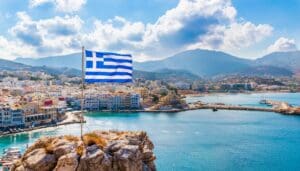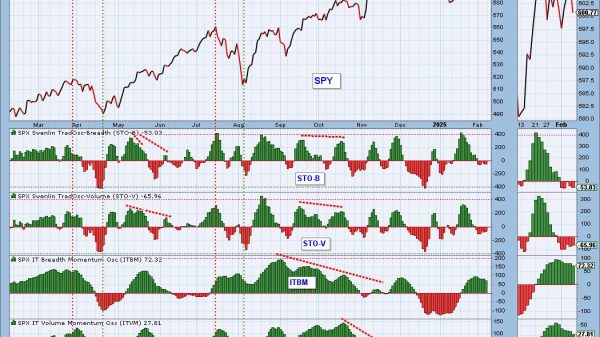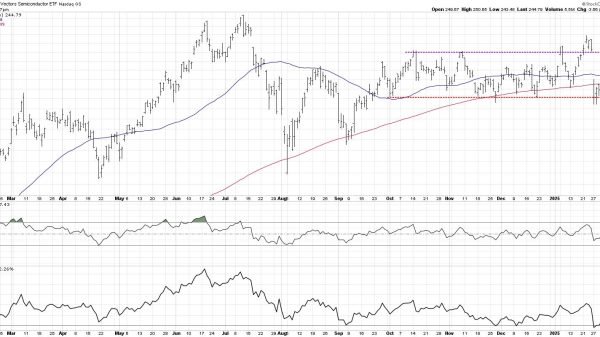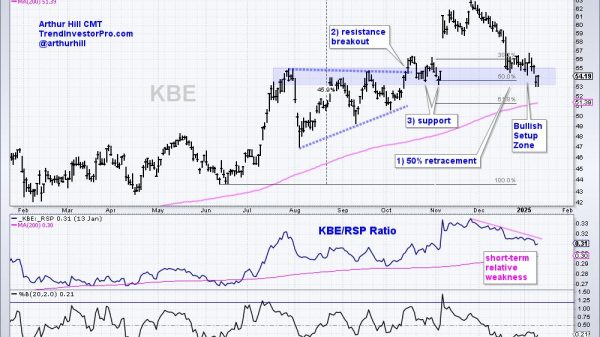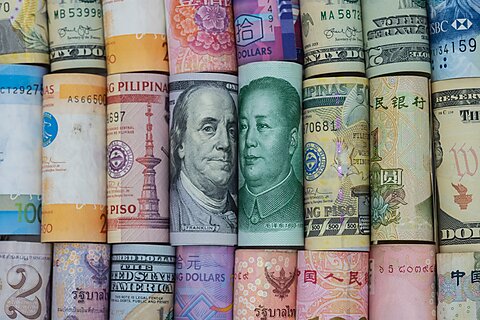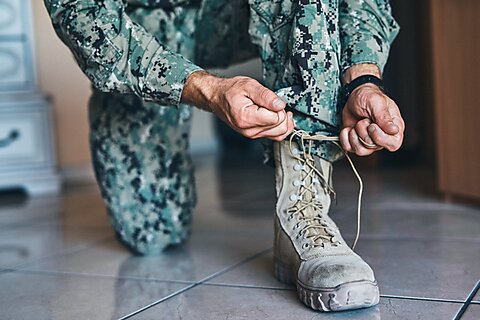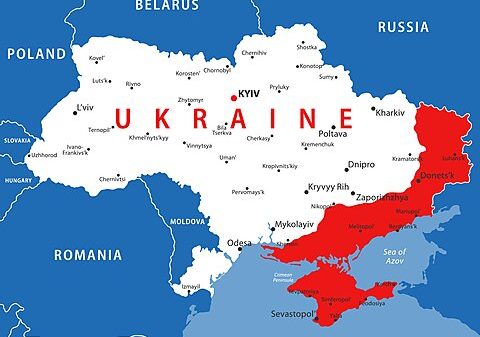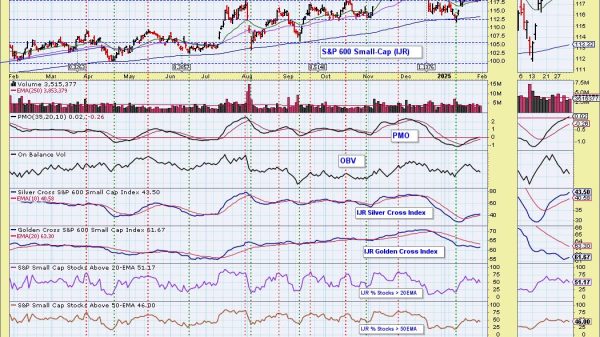John Mueller

For a settlement or ceasefire of the war in Ukraine to take place, those involved have to work out two “security guarantees.” There has been endless, but vague, discussion about what these would entail—but they are key to the discussion.
One, demanded by Ukraine, would be to guarantee its security in the event that Russia breaks the agreement and attacks again. The worry is that, if the fighting stops, Russia will use the pause to regroup and rearm and then attack again in Ukraine and perhaps in the Baltics or Poland or even in Western Europe.
Putin has labeled this notion as “utter nonsense.” And it does seem highly unlikely that, after the self-destructive failures of his military invasion, Putin will try it again. In addition, it seems clear that, as Putin biographer Philip Short and other analysts strongly stress, Ukraine is viewed by Russians as a special case, not a stepping stone to wider adventures.
Moreover, at Russia’s 2024 rate of advance in Ukraine, it would take 116 years for it to conquer the rest of the country.
Nevertheless, Ukraine wants some sort of guarantee against this unlikely eventuality. Membership in NATO would appear to be best for this, but for Ukraine, this is unlikely because several members have been opposed due to the country’s internal difficulties of mismanagement and corruption, which would likely take decades to accomplish.
However, the alliance can still supply something of a security guarantee by credibly pledging arms and other assistance to Ukraine should Putin break the agreement. They would be much better prepared to do so than they were in 2022, when there was a broad consensus that Ukraine would fall fairly quickly. Indeed, US military planners were wary of helping the Ukraine government because they deemed it to be riddled with Russian spies and planned instead to aid any urban or partisan resistance that developed to the Russian invaders.
The other security guarantee is demanded by Russia. It is to guarantee that NATO will not invade Russia. Judging in particular by his speech as he launched the invasion of 2022, the issue is central to Putin’s thinking on the war. He had concluded that the venture was essentially a preventive war because he deemed that NATO was moving in Ukraine toward a direct, Hitler-like invasion of Russia. He had “no other choice,” he argued, and it was “only a matter of time.”
When Tucker Carlson, looking for a snappy way to begin his post-invasion interview with Putin, called this vision “paranoid,” he was rewarded with a tendentious half-hour diatribe by Putin on Russo-Ukrainian history. That perspective on the war seems to have been widely accepted in Russia. It is reflected today in the Russian insistence that NATO troops not be part of a peacekeeping force
This may be a paranoid fantasy, but it is necessary somehow to deal tangibly with it and to convince Russia that NATO doesn’t have (and never did have) plans to invade. Simply saying repeatedly that NATO is a defensive alliance is not enough.
For a somewhat more extended discussion of these issues, click here.




